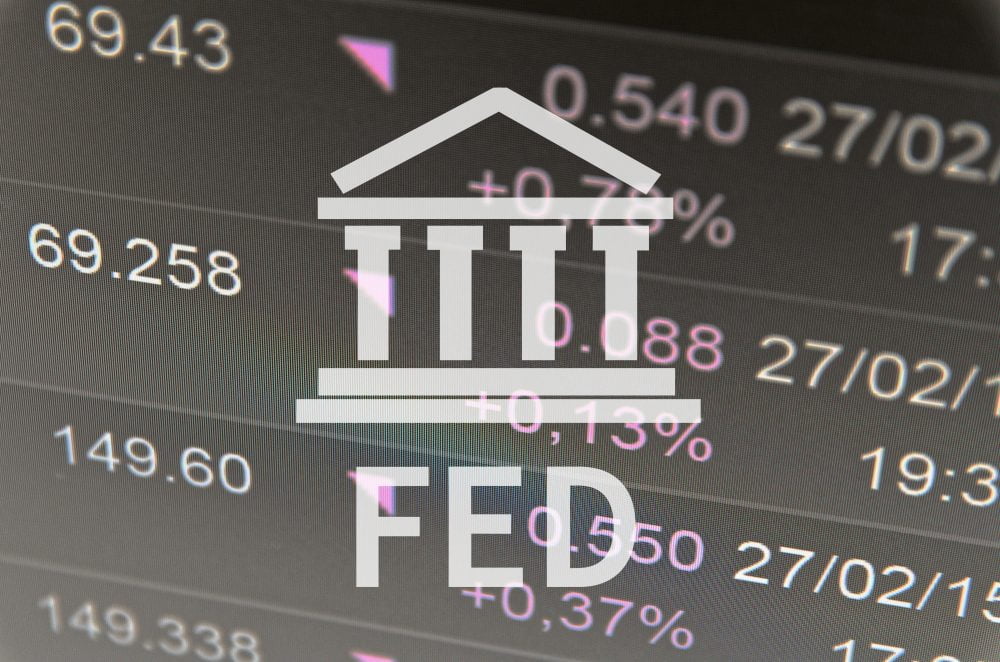08.07.19
Why Long-Term Investors Should Look At Apartments On The West Side Of Chicago

Let’s rewind 10 years ago when the market crashed. Buildings on the south side of Chicago were trading for less than a used car. Today, these same units – even the unrenovated ones are selling for $50,000 to $90,000+ per unit. The recovering economy and the hype of opportunity zones are driving this massive increase. Rising investor interest is leading to bidding wars on both renovated and unrenovated buildings with the price-per-unit record being reset almost monthly.
Drive a few miles from the south side to the west side, and you will find a time capsule. Vintage apartment buildings remain off the radar of coastal investment firms. A neighborhood riddled with bad headlines paired with a life-long renter base is not seeing property appreciation anywhere near the rates in comparable south side neighborhoods such as South Shore, Bronzeville and Woodlawn. While opportunity zones are certainly located throughout the west side, investor interest has not picked up. Actually, the market is shockingly soft with less than 20 buildings trading so far this year throughout the entire west side. Why?
“The crime in the area is too high”
This is a common sentiment from a non-west side investor about why they are not considering investing in the area although the cash-on-cash returns of the buildings are more favorable than many other Chicago neighborhoods. While there is crime, there are other major investment factors to consider such as the high cap rates and cash flow. In addition, the City of Chicago is investing in developing the neighborhood with the new Damen Green Line stop.
Small Investor Pool
The typical investor profile on the west side is a local owner that also operates the building through a management arm. They are all long term owners that rarely sell. When they do, buildings frequently change hands between a small pool of Chicago-based investors – many of which live in or near these areas. While neighborhoods such as Austin see lower velocity compared to other markets, it does not mean the properties are ripe for investment.
Upside Potential
These neighborhoods, which have been stagnant for years, are now experiencing notable developments. Between California and Ashland, development is continuing to rise in the areas surrounding the United Center. Investors are always chasing yield and as the south side becomes more expensive, the next lowest hanging fruit is the west side.
Wise investors should enter the market now while it is soft and has yet to see the benefits of new development.
